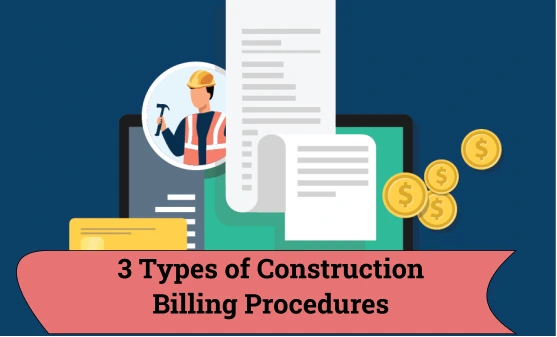What is the Balanced, Under-Reinforced and Over reinforced section?
Reinforced concrete sections can be constructed with different percentages of steel reinforcements. The code specifications list three types of RCC sections as balanced, under-reinforced and over-reinforced based on the amount of reinforcement used. The difference in the amount of reinforcement causes the RCC structure to behave differently.

We will learn about the features of the three types of reinforced sections through this article.
What are the Characteristic strength and Design strengths of concrete?
The characteristic strength of concrete is the average strength of the concrete specimens cast and tested in the laboratory and cured for 28 days as per the given code of practice. The strength of 95% of the tested concrete cubes should not be less than the characteristic strength.
The design strength is a derivative of the characteristic strength of concrete. It is the reduced value of the actual resistance offered by concrete while using a safety factor. The safety factor is taken to calculate the design strength of concrete, which ranges from 0.75 to 0.85 of the permissible strength.
How can we decide if the section is balanced, under-reinforced or over-reinforced?
The fundamental way of deciding whether a section is balanced, under-reinforced or over-reinforced is by calculating the RCC sections' moment of resistance(MR).
While calculating the MR of an RCC section, the following assumptions are made:
1. The plane sections in the RCC structure remain plane unless it fails due to bending. In other words, the strains occurring in the plane section are proportional to their distance from the neutral axis.
2. The ultimate limit state of bending failure is reached when the strain in compression concrete fibre due to extreme bending reaches 0.0035.
3. The stress distribution across the compression face in the concrete section corresponds to the stress-strain distribution diagram for concrete under compression.
4. As the concrete is assumed to be cracked up to the neutral axis, the tensile strength of concrete is neglected.
5. The stress generated in the steel reinforcement corresponds to the strain developed.
Singly and Doubly reinforced RCC beam
A singly reinforced RCC beam includes reinforcing steel only near the tensile face of the section. The reinforcing steel is designed to resist only tension.
A doubly reinforced RCC beam includes tensile reinforcement near the tensile face of the section and includes compressive reinforcement near the compressive face to assist the concrete in resisting compression. The steel near the compressive face is called compression steel. This type of compressive reinforcement is added to structural sections when the architect limits the dimensions of the concrete section, and the concrete is unable to resist the compressive moment in the compressive zone.
Balanced section in RCC structures
In balanced reinforced concrete sections, the tensile steel reaches the yield strain while the concrete reaches failure strain in bending.

The percentage of steel included in the balanced section is known as balanced steel and the neutral axis as the critical neutral axis.
Under-reinforced section in RCC structures
In under-reinforced concrete sections, the steel reinforcement reaches the yield strain at stresses lower than the stress at which the concrete fails. Therefore, all singly reinforced RCC structures must be designed as under-reinforced sections to give adequate warning before the sections fail.

Steel yielding in under-reinforced RCC sections does not signify that the structure collapses when the steel yields. Before the complete failure of the RCC structure, excessive deflections and cracks occur in the beam that provides sufficient time for the structure's occupants to evacuate before the section collapses.
The failure mechanism of an under-reinforced section involves the concrete reaching its ultimate failure strain of 0.0035 before steel reaches its yielding strain, much more than that of concrete.
Over-reinforced section in RCC structures
An over-reinforced section in RCC structures is those in which the concrete reaches its collapse strain earlier than the steel reaches its yield strain. For example, if an over-reinforced section is designed and loaded to its maximum capacity, the steel in the tensile zone does not yield much earlier than concrete reaches its ultimate strain of 0.0035.

The steel reinforcement does not yield first, due to which the deflections and cracks in the beam do not occur and do not provide enough warning before structural failure. The failure mechanism in over-reinforced structures is sudden, due to which the design of these sections is not recommended while creating beam design.






